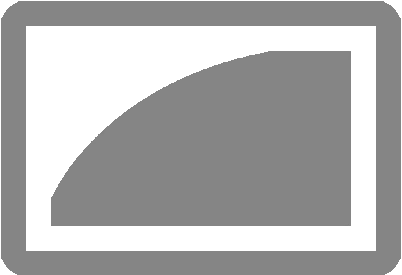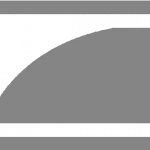Web site: (not active)
Origin: USA
Category: Desktop
Desktop environment: GUI
Architecture: Motorola 86000, PowerPC
Based on: Lisa OS
Wikipedia: Mac OS Classic
Media: Install
The last version | Released: 9.2.2 | 2001
Mac OS Classic (known as Mac OS or Classic Mac OS) – the original operating system for the Macintosh by Apple, which was developed since 1982.
It initially had only the very unspecific name System, until it was referred to as Macintosh System Software for the first time in System version 4.0 from January 1987.
This name was then officially used for versions 5 and 6, until in the early 1990s it was simply called System again: System 6 and System 7. From version 7.6 it was renamed Mac OS.
The operating system was the third commercially distributed operating system with a graphical user interface and mouse after Xerox Star and Lisa OS. The central element is the graphics library QuickDraw, which was also used in the applications, so that all programs have a uniform appearance and are operated uniformly.
The system’s user interface is the desktop-like Finder, which had its own version number until System 6. A text shell (like COMMAND.COM under MS-DOS or Bash under UNIX) does not exist. Mac OS is the only complete implementation of the Macintosh programming interface.
After the acquisition of NeXT in late 1996, it was replaced by Mac OS X, which was developed from OPENSTEP. For this, the programming interface had to be reimplemented as Carbon to facilitate the portability of existing Macintosh applications.
From May 2001, all new Macs were shipped with Mac OS 9 and Mac OS X; Mac OS 9 remained the pre-installed standard operating system until January 2002.
To save expensive RAM and limited floppy disk space, significant parts of the operating system were initially stored in read-only memory (ROM). This made space-saving yet powerful programs possible: The first word processor, MacWrite, was less than 30 KB in size and yet featured a graphical interface, multiple windows, and WYSIWYG. MacPaint, a drawing program, was also this small.
Initially, only one program could run at a time; starting in 1987, the MultiFinder made it possible to hold multiple programs in memory simultaneously. Starting in 1991, cooperative multitasking was possible with System 7. System 7, rewritten in the C programming language, was a 32-bit operating system. Some older versions are not “32-bit clean”; the upper eight bits of addresses are used for other purposes, so they only work correctly with 24-bit wide addresses (four MB of memory). They are programmed in Pascal, QuickDraw in assembly language.
Towards the end of the 1990s, the disadvantages of the classic Mac OS compared to true multi-user systems such as Solaris, Linux, BSD, or Windows NT became apparent. Multitasking capabilities were not fully controlled by the system (so-called cooperative multitasking), which, combined with the lack of memory protection, could lead to a system crash if a single program contained an error and became unresponsive.
To compensate for this, Apple attempted to redevelop a more modern operating system under the project name Copland after unsuccessful attempts with its own Unix (A/UX). Although the project failed, some of Copland’s innovations were integrated into the existing “system,” which was subsequently renamed Mac OS. Mac OS 7.6 already incorporated elements from Copland, and Mac OS 8 also featured the revised Copland interface, “Platinum.” Mac OS 8.5 incorporated core features from Copland, resulting in a revised kernel capable of multiprocessing. All of these modifications failed to address the core deficiencies, partly because the operating system was supposed to remain compatible with the Macintosh API at the application programming interface (API) level.
Apple therefore began searching for alternatives. Among other things, it considered purchasing Be Incorporated to use its BeOS operating system, which was still under development but already stable and mature, as the basis for the new Macintosh operating system. However, the plan failed – many rumors circulate about the reasons.
Ultimately, Apple purchased NeXT, founded by its former CEO Steve Jobs, for almost $400 million. Jobs had the NeXTStep operating system, later OPENSTEP, developed for his NeXT computers based on BSD. With Jobs’s help, Apple developed a new operating system called “Mac OS X” on this basis.[6]
Mac OS 9 continued to be supported in the Classic environment until Mac OS X Tiger (up to 10.4.11, 2007) to facilitate the transition for users, who could continue using their older programs. However, the Classic environment no longer ran on Macs with Intel processors (from 2006 onwards) or under Mac OS X Leopard (10.5, 2007, the last version running on the PowerPC); in these cases, users had to rely on third-party programs such as SheepShaver.
The name “Mac OS” was first mentioned in the startup logo of System 7.5.1; with version 7.6, the operating system was officially called “Mac OS 7.6.” Macintosh operating systems were called “Macintosh System Software” until System 6, but subsequently the original name “System” was increasingly used again – as was the case with System 7, System 7.1, and System 7.5. The last release of Mac OS in its original form is Mac OS 9.2.2 from December 2001.


